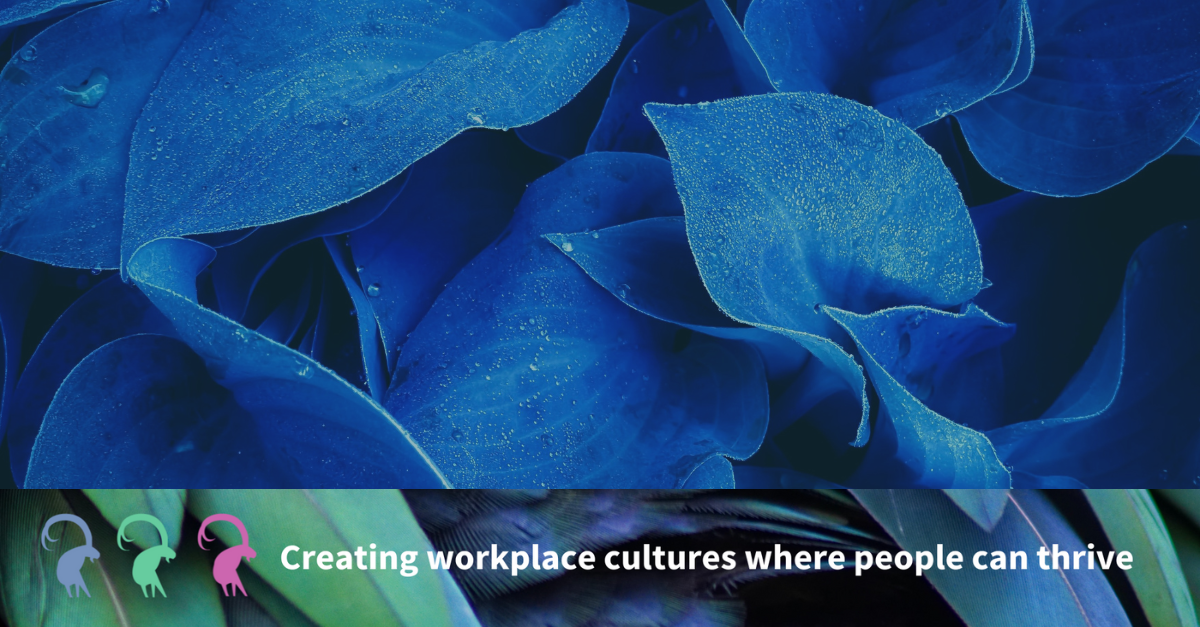Acquiring a new workforce can be a difficult process; it can come about through a merger and acquisition or a change in ownership. There are some tricky issues that need to be considered when undertaking such a process, including legal and practical issues.
When acquiring a workforce TUPE (Transfer of Undertakings Protection of Employment) will often apply. Handling TUPE transfers compassionately is crucial to ensuring a smooth transition and maintaining employee morale. Obviously planning such a process is key to a successful change project, and here are 4 points to bear in mind when approaching this:
1. Clear Communication
Changing employers will be an unsettling experience for most employees. Providing transparent and timely communication to employees about the transfer, explaining why it’s happening, what it means for them, and any potential changes in their terms and conditions of employment should help. Involve employees in the transfer process by consulting with them and seeking their input where appropriate (this is also a legal obligation under TUPE). Allow them to express any concerns or questions they may have and address them openly and honestly.
2. Respect Employee Rights
Ensure that employees’ rights under TUPE are respected throughout the transfer process. This includes consultation obligations (see point 1), and preserving their existing terms and conditions of employment, such as salary, benefits, and length of service.
You may wish to change terms and conditions of incoming employees so they align with existing employees (or ‘harmonise’ terms and conditions), but under TUPE such changes may be void and there are only limited exceptions to this. Seek advice before making any changes to employee contracts. If changes can be made, be sure to consider how these can be implemented sensitively to minimise the impact on employees and the business.
3. Support and Understanding
As set out above, there is a lot of uncertainty for employees when transferring. Offer support to employees during the transition period, including providing information about the new employer, any changes in job roles or responsibilities, and any training or development opportunities available to them. Show empathy and understanding towards employees who may be feeling anxious or uncertain about the transfer. Be available to listen to their concerns and provide reassurance where possible.
4. Cultural Integration
One area that is often overlooked during transfers is the cultural aspect of merging workforces. It is beneficial to pay attention to integrating the cultures of both the transferring and receiving organisations as this can be the area that will often cause most difficulties moving forward. Different personalities, communication and management styles will all need to be factored into blending workforces to ensure employees feel included and valued in the new environment. Effective communication and involving employees in the process from the outset will assist with this, but you may wish to consider whether specialised support to build effective blended teams is needed.
Sometimes inheriting employees means that you inherit ongoing or previous employee relations issues. Actively address any issues or conflicts that arise during the transfer process, taking care to resolve them in a fair and compassionate manner. This may involve mediation or seeking external support where necessary.
By approaching TUPE transfers with compassion and sensitivity, you can help to minimise disruption, build trust among employees, and facilitate a successful transition for all involved.
If you would like to have a no-obligation discussion about this or another workplace issue you may have please get in touch.
Author: Kate Woosnam, Lead Associate




